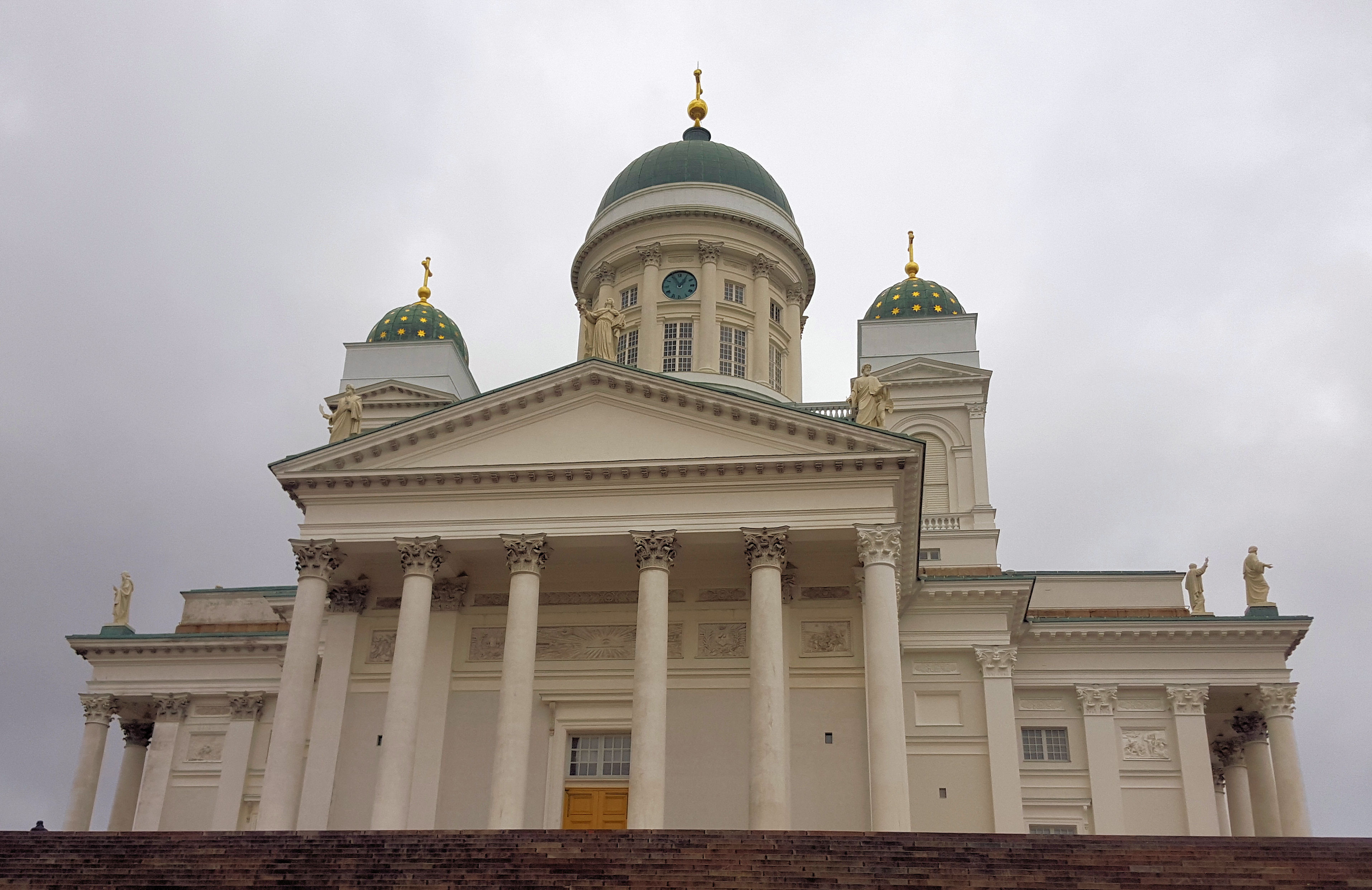Category: Historical Museum
-
30 Day European Tour
Our 30 day European tour included eight countries. Travel between cities was mostly by train, although we needed plane flights for two of the legs. There was a combination of self guided and organised tours, depending on our ability to reach the destinations we wanted. To view each destination, click on the links below. Paris… Read more
-
Four Days in Belgium

What Were Our goals? We spent a total of four days in Brussels, Belgium but only two of those were in the city itself. The others consisted of trips to Bruges, Ghent, Luxembourg and the World War 1 Flanders Battlefields. Apart from the magnificent old buildings, Brussels is famous for its chocolate, beer and comic… Read more
-
Helsinki Finland and Tallinn Estonia

Helsinki was chosen as part of our Nordic trip as a stopover before travelling on to Rovaniemi in the Arctic Circle. Deciding to make the most of the opportunity, we stayed three nights, giving us time to see the city as well as a day trip to the historic Estonian city of Tallinn. Getting There… Read more